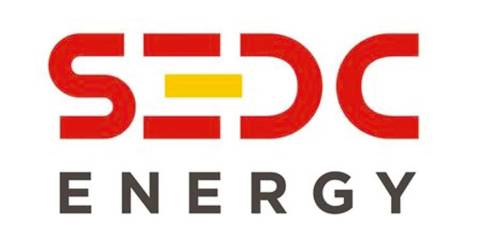Sarawak's Rembus H2 Plant: Driving Hydrogen Innovation in Kuching
Key Ideas
- The Rembus green hydrogen plant in Bintulu, Sarawak, is set to be completed by 2025, supplying green hydrogen for Kuching's first public ART line and hydrogen-powered buses.
- SEDCE envisions Sarawak as a leading hydrogen player and hub, aiming to supply hydrogen to the region and beyond by leveraging natural resources and strategic location.
- Challenges in technology adaptation, infrastructure development, and regulatory issues exist, highlighting the need for government support at both federal and state levels.
- In addition to the Rembus H2 Plant, SEDCE is collaborating with Gentari Sdn Bhd on the Sarawak H2 Hub, a plug-and-play facility for hydrogen production in Sarawak.
The development of Sarawak’s Rembus green hydrogen plant (Rembus H2 Plant) in Bintulu is progressing towards the 2025 completion target, with a tripartite agreement signed in February involving Sarawak Metro Sdn Bhd and ICE Petroleum Group. The plant aims to supply green hydrogen for the autonomous rapid transit (ART) and hydrogen-powered feeder buses in Kuching, supporting the decarbonisation initiative. The Rembus H2 Plant, designed to produce five tonnes of H2 daily, will serve as a crucial component of the Kuching Urban Transport System (KUTS). In alignment with Sarawak's hydrogen vision, the plant is part of Petroleum Sarawak Bhd’s multifuel station in Darul Hana, offering hydrogen dispensing alongside conventional fuels and modern facilities like fast electric-vehicle charging.
SEDCE sees Sarawak as a key hydrogen player, focusing on technology adaptation, infrastructure development, and regulatory challenges. The spokesperson emphasized the importance of government support for the immature hydrogen sector, highlighting the need for subsidies and tax regimes. Sarawak's hydrogen journey began in 2018 under SEDCE, aligning with national and state energy transition strategies.
Apart from the Rembus H2 Plant, SEDCE is collaborating on the Sarawak H2 Hub with Gentari Sdn Bhd. This innovative hub simplifies hydrogen production setup for investors by providing essential facilities. The joint venture between SEDCE and Gentari aims to boost hydrogen economy development in Sarawak. The article underscores the significance of hydrogen in Malaysia's energy transition, positioning it as a complementary renewable energy source for decarbonisation efforts.
Topics
Production
Renewable Energy
Energy Transition
Decarbonisation
Infrastructure Development
Government Support
Urban Transport
Hydrogen Economy
Technology Adaptation
Latest News
